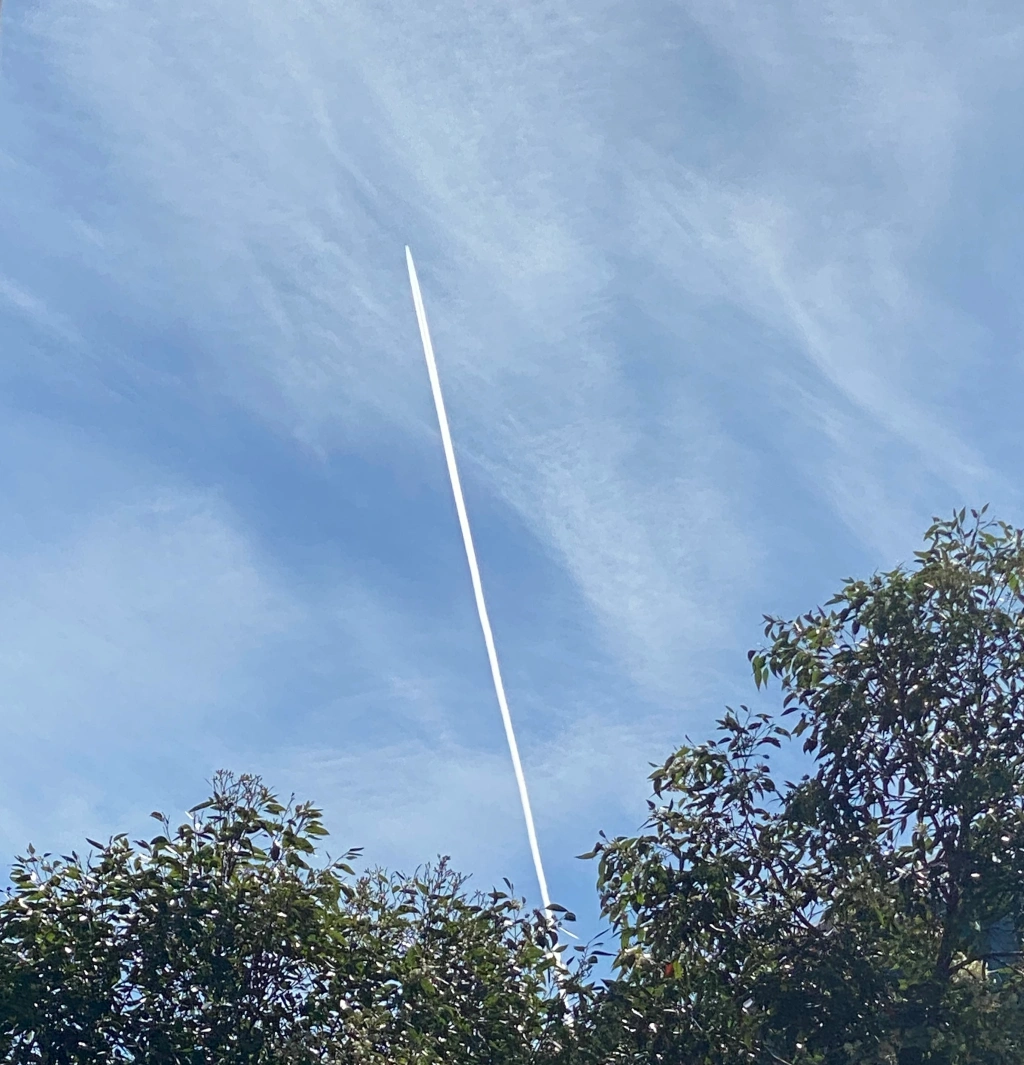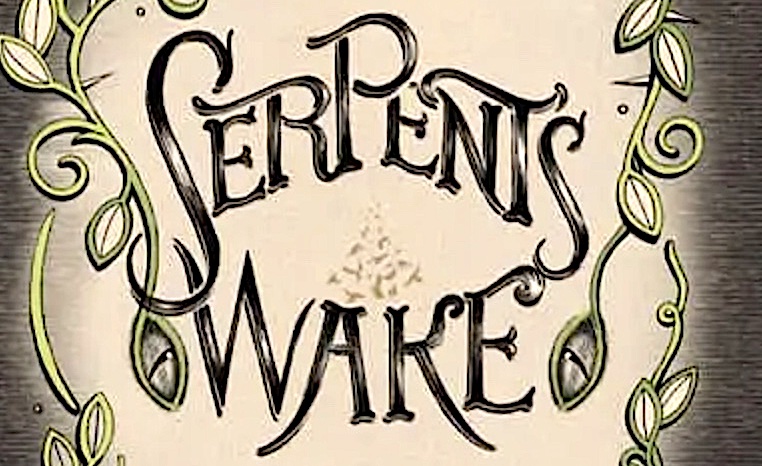Beginning the study of Modern History at the University of Sydney, years ago, I was abruptly made aware of the radical difference between what was then taught in NSW secondary schools as history, and the reality of contemporary historical scholarship. School history, in those days, was taught from the text book. Any sense of differences in historical perspectives or opportunities for students to come into contact with primary sources was limited to the point of almost complete absence. Eventually things changed.

This photo is from the State Records NSW photostream.
Now a statutory body, the NSW Board of Studies (BOS), mandates the use of sources and even primary sources in the teaching of history in this state. Text book writers have adapted to changes in the regulatory framework and developments in printng, the invention of the CDs, DVDs and the opportunity for a web based presence associated with individual textbooks are common place, but for how much longer?
The challenge for text book publishers
Publishers of textbooks seem to be scrambling to catch up with the research and data processing power of the 1:1 computer enabled student. A quick search of Australian educational publishers reveals the current state of developments. One publisher is offering an electronic textbook with complementary targeted digital resources through its website. As well as this they offer a ‘research management system’ that includes media such as interactive games, templates, videos and weblinks. My concern about this approach is that while it provides a convenient shell and minimises teacher workloads it offers students a somewhat ‘gated community’.
I’ve always been an ardent supported of discovery learning. When an owner and director of Asian Field Study Centres I was careful to develop a variety of in field strategies allowing students opportunities for their own original discoveries through field work. We called these elements of the field study program, Self Directed Activities. All involved some element of primary research, data gathering, analysis and reporting back and evaluation.
Opportunities for discovery learning and for working with original materials are now such, in 1:1 class rooms, that there is little apparent need for text books whatever their current iteration.
My Year 9 Australian History class has not used a text book this year. This hasn’t been a distinct objective but it has been a logical outcome of 1:1 laptop use. The DER Laptop program has had a major impact on my pedagogy. This hasn’t meant that I could simply adopt a lazy approach to teaching either, it hasn’t been a matter of merely pointing students at the Internet and saying “Now you go and find the answers”.
Teaching without a text book
Using the NSW Board of Studies history syllabus and the HSIE faculty’s program as my ‘road map’ I’ve set out to build my own resources for the development of a PBL approach. Critical in this process has been the Laptop Wrap template from the NSW Department of Education and Communities Curriculum and Learning Innovation Centre. This basic digital scaffold has been extended and stretched about as far as it can be. Other essential elements have been the valuable stock of Le@rning Federation learning objects available through TALE and the remarkable resources of the National Library of Australia. It is about this last resource that I’d like to concentrate the balance of this post.
The National Library of Australia provides an abundance of online materials and links to a diverse range of information on Australian history resources as well as providing links to other useful sites. Perhaps the ‘jewel in the crown’ of this collection for the middle school history teacher is Trove. This excellent tool has allowed me to incorporate more opportunities for students to research basic issues in Australian history using primary sources. Trove provides rapid access to an extensive collection of digitised of Australian records. At the time of writing Trove provides access to 247,815,237 online resources covering books, images, historic newspapers, maps, music, archives and more.
As a first step I introduced Trove using a projector and interactive whiteboard. As a class we examined some basic data about Sir Charles Kingsford-Smith.

Once we’d explored some of Trove’s possibilities, I embedded a selection of documents about Kingsford-Smith in a Laptop Wrap “Australia between the wars”. These were downloaded and placed in an Adobe Portfolio document. In the next Laptop Wrap on “Australia in World War 2” I’ll provide some resources from Trove using the same technique but then leave students the task of locating, evaluating and using others that they find with their own Trove searches.
This process is in it’s early stages, but it’s becoming clearer by the day that the study of school history is being dramatically transformed by the access to digital archives made possible by the roll-out of 1:1 laptops.




Leave a comment